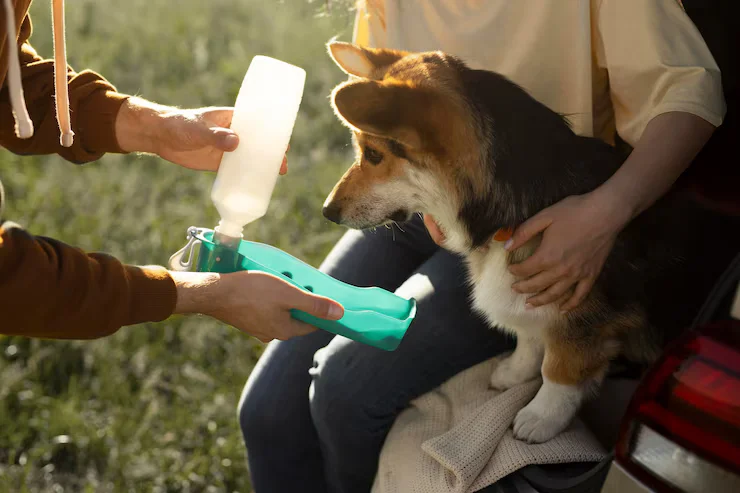-
Kutchina service center, Kolkata - 700010
Kutchina service center, Kolkata - 700010

Dog Spot-On Treatments are effective when used correctly. Learn common mistakes to avoid and ensure your pet’s safety with insights from a reputed pet clinic.
If you’re a dog parent, you likely know how crucial flea and tick prevention is for your furry companion. One of the most effective solutions available today is Dog Spot-On Treatments—simple topical medications that guard against parasites. But here’s the catch: even the best product won’t work if it’s used incorrectly.
Many pet owners unknowingly make small mistakes when using these treatments. And unfortunately, these small missteps can lead to big problems—ranging from reduced protection to adverse health effects.
In this guide, we’ll walk you through the most common errors pet owners make with Dog Spot-On Treatments and share expert-backed tips to make sure your dog stays protected, happy, and healthy.

Dog Spot-On Treatments are liquid formulations applied directly to your dog’s skin—usually between the shoulder blades or along the back. They work by spreading through the oils on your pet’s skin, creating an invisible shield that repels and kills parasites like fleas, ticks, and mites.
These treatments are favored by pet parents because they’re:
But like any healthcare routine, correct usage is everything.
Let’s dive into some of the biggest errors pet owners make—and how to prevent them.
Why it’s a problem: The medicine needs to be absorbed into the skin’s oil glands to be effective. If it only sits on the fur, it won’t reach where it needs to go.
What to do instead:
Why it’s a problem: Spot-on treatments are tailored to different sizes and breeds. Using a small dog’s treatment on a larger breed (or vice versa) can lead to ineffective results—or worse, health complications.
What to do instead:
Why it’s a problem: Applying treatment on irritated or wounded skin can cause burning, itching, or increased absorption of chemicals.
What to do instead:
Why it’s a problem: Water can wash away or dilute the treatment if it’s not given enough time to absorb.
What to do instead:
Why it’s a problem: Fleas and ticks reproduce quickly. A missed dose can lead to re-infestation or a full-blown outbreak.
What to do instead:
Why it’s a problem: Even if your dog is treated, flea eggs or larvae can remain in carpets, bedding, or furniture and re-infest your pet.
What to do instead:
Why it’s a problem: Ingesting the spot-on treatment can lead to vomiting, drooling, or other side effects.
What to do instead:
The world of pet care is evolving rapidly. Pet owners are more informed than ever before, and with that comes the responsibility to stay updated. While Dog Spot-On Treatments are reliable, not all products are suitable for every dog.
That’s why expert veterinary guidance is essential. Professionals at a trusted pet clinic emphasize the importance of selecting the right formula based on your dog’s size, breed, lifestyle, and health condition.
Don’t take risks when it comes to your dog’s health. Consult a vet if:
Remember: treatment is only one part of prevention. Lifestyle, diet, hygiene, and environment all contribute to your dog’s health.

Yes. Fleas and ticks can survive indoors during cold months. Year-round treatment is often recommended.
Not all products are safe for puppies. Always check age restrictions on the label or ask your vet.
While some natural remedies offer mild benefits, they are usually not as effective or regulated. It’s best to consult your vet before trying them.
No. Overuse can be toxic. Stick to the recommended dose and frequency regardless of activity level.
Most products begin working within 12 to 24 hours, but this varies by brand.
Flea and tick prevention is a must—but it’s not just about picking a product off the shelf. The way you use Dog Spot-On Treatments matters just as much as which one you choose. By avoiding these common mistakes and staying educated, you give your dog the best protection possible.
And if you’re ever unsure, don’t hesitate to consult professionals at a reputable pet clinic. Their experience ensures that your beloved pet gets the care it truly deserves.